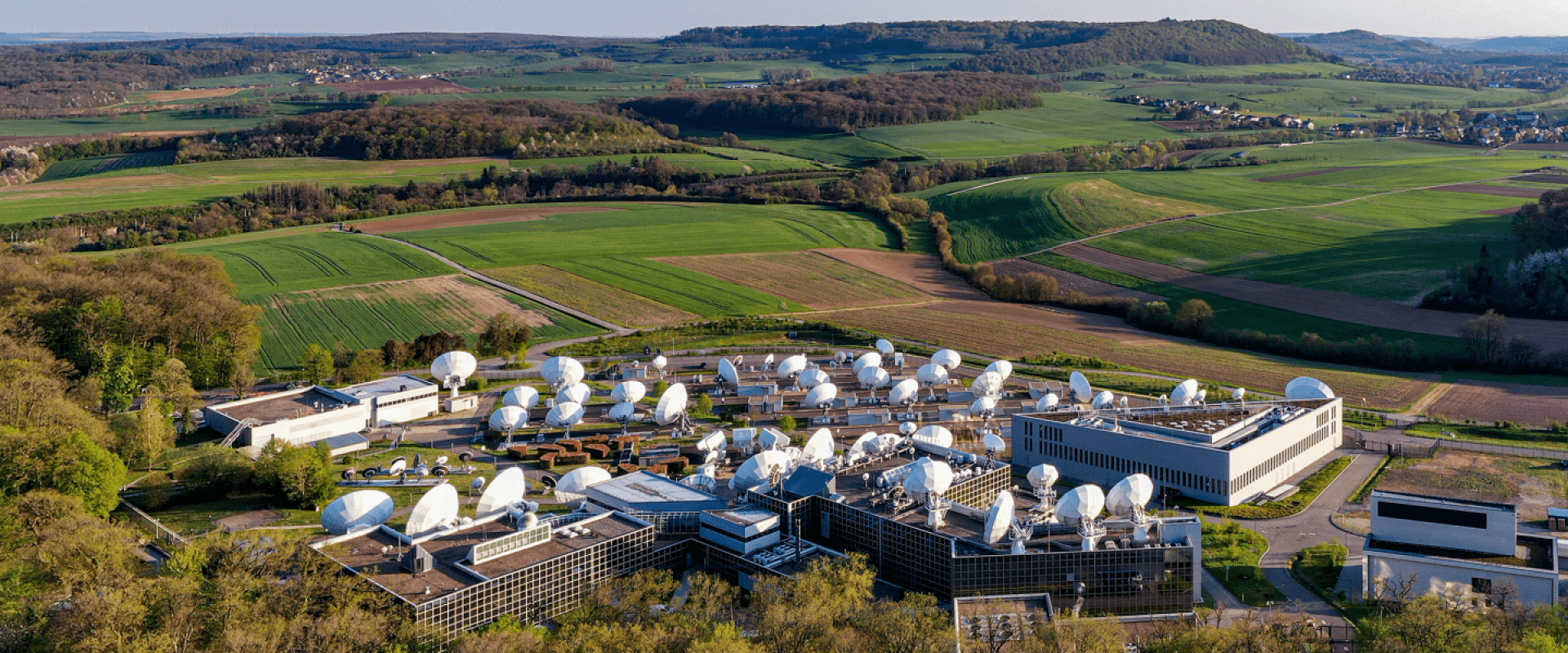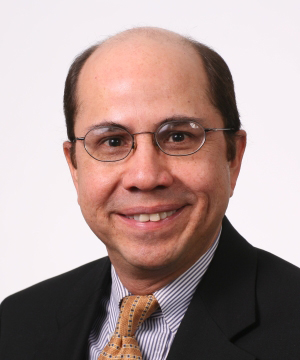SES Team Spotlight: Ramiro Reinoso on Transitioning Video Customers in the US


Principal Sales Engineer
Since 2020, SES has been busy transitioning our existing customers in the US to a smaller portion of the C-band spectrum to make room for 5G services without disrupting TV, radio and other critical data services they deliver. We spoke with Ramiro Reinoso, Director of Engineering, C-Band Project, to learn more about this undertaking.
What is your role in facilitating SES’s activities in the C-band transition, and how has it changed?
My role has changed a lot over the course of this project. At the outset, my time was consumed with technical analysis in support of potential what-if scenarios. The goal of our analyses was to inform the FCC about the transmission of 5G mobile signals in C-band spectrum and evaluate how to mitigate the effect of 5G signals on satellite reception.
Once the FCC Report and Order for C-band was adopted, my focus switched from signals analysis to supporting the planning for the migration of existing C-band services. As part of this, we analyzed the use of video compression technology to use the satellite segment more efficiently and free up C-band spectrum.
I also integrated several components into a system and tested it with selected customers to evaluate the cost-benefit of new compression technology. Now, my daily activities have moved from mostly planning support to mostly execution support.
What has been the most rewarding part of the transition?
There is nothing more fun than working in the field and providing technical support to the program management team. However, one challenge we faced was to provide a consistent, uniform way to measure satellite carrier performance on antennas in the field. I worked with a portable satellite meter company to establish criteria for pass and fail scenarios which we use to determine the health of antennas before and after 5G filter installation to ensure we maintain good levels of service to our customers. After creating this process, a technical group was formed under my leadership to automate the processing of reports, analyzing the results, and providing technical support to installers in the field.
I was also able to focus on field testing satellite reception with real 5G signals. This project took me to many different remote and deserted areas for several weeks. I went to places that I would have never gone on my own, experienced how it feels to be at 116 degrees Fahrenheit in the shade, and witnessed some spectacular sunsets.
What has the feedback from SES’s customers regarding the C-band clearing and transition been like?
The C-band transition has required us to coordinate with our direct customers—the programmers that uplink their programs to our satellites and pay for the satellite space segment—and our customers’ customers, meaning the cable operators, broadcast stations, and radio stations that downlink programming from SES satellites. I have been dealing mostly with technical issues at receive sites which are not SES direct customers.
As an example, we had a site with a Simulsat antenna located at a remote location in Texas. Our customer was frustrated that all the new signals on one of the satellites were getting intermittent errors resulting in video breaks. We sent a technician, collected information, diagnosed the problem to be local terrestrial interference, overnighted one of the 5G filters, installed the filter, and solved the problem. Even though it was not 5G interference, we determined that the 5G filter would work. The site manager was very grateful for the attention given to his site and could not believe it was fixed so fast.
What has been your experience working with SES’s vendors on the C-band clearing and transition? How have they supported SES?
The vendors have been critical to the success of the project. Under normal circumstances, C-band filters do not represent a significant market for any vendor and the production capacity for C-band filters is limited across the industry. Obtaining accurate production capacity and delivery schedules from vendors was critical, as it allowed us to plan better. Without filters, the migration of satellite terminals would have to stop.
Towards the end of Phase I deployments, we needed additional red filters. Filter vendors quickly shifted priorities to provide us with additional filters, and we even got support from an antenna vendor that kindly lent us filters. Without this level of vendor support, we would have had to stop installing filters, which would have hurt our ability to meet the deadline.
As SES completed Phase I and is focusing on Phase II activities, what challenges do you foresee and how is SES planning to approach them?
The main challenge to Phase II activities is the volume of work and, from the technical support perspective, the potential for more technical issues.
Phase I was centered around major Partial Economic Areas (PEAs) with short driving distances and more resources while Phase II covers the entire contiguous United States, including remote places and small markets with limited technical and economic resources.
However, we have learned a lot of key lessons from Phase I, and we are updating our processes and tools to increase our efficiency.




